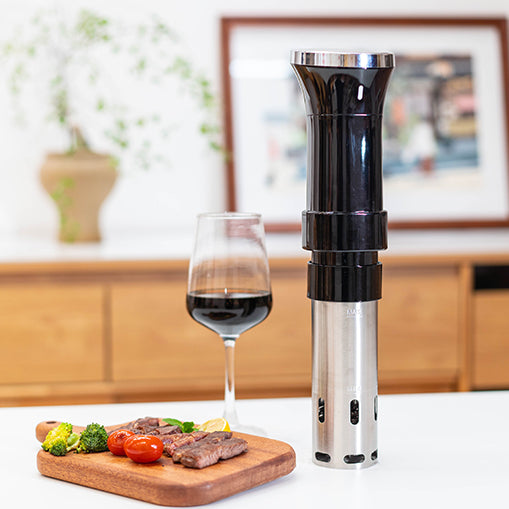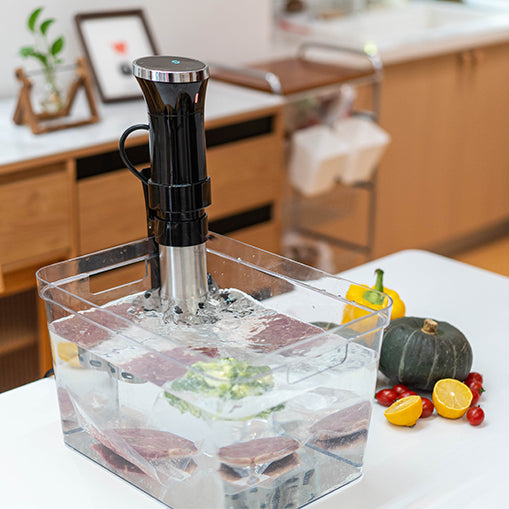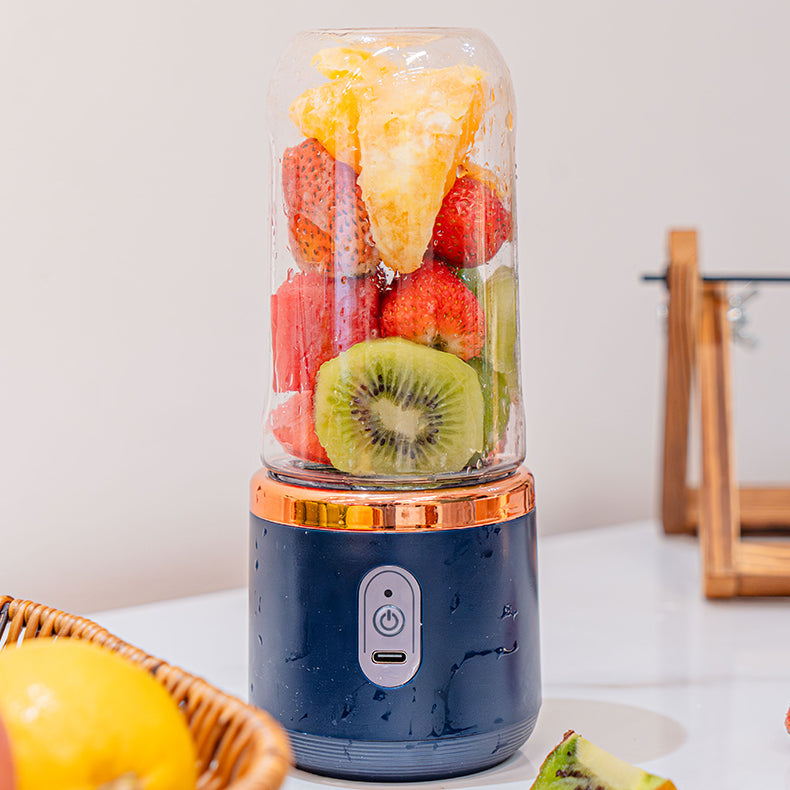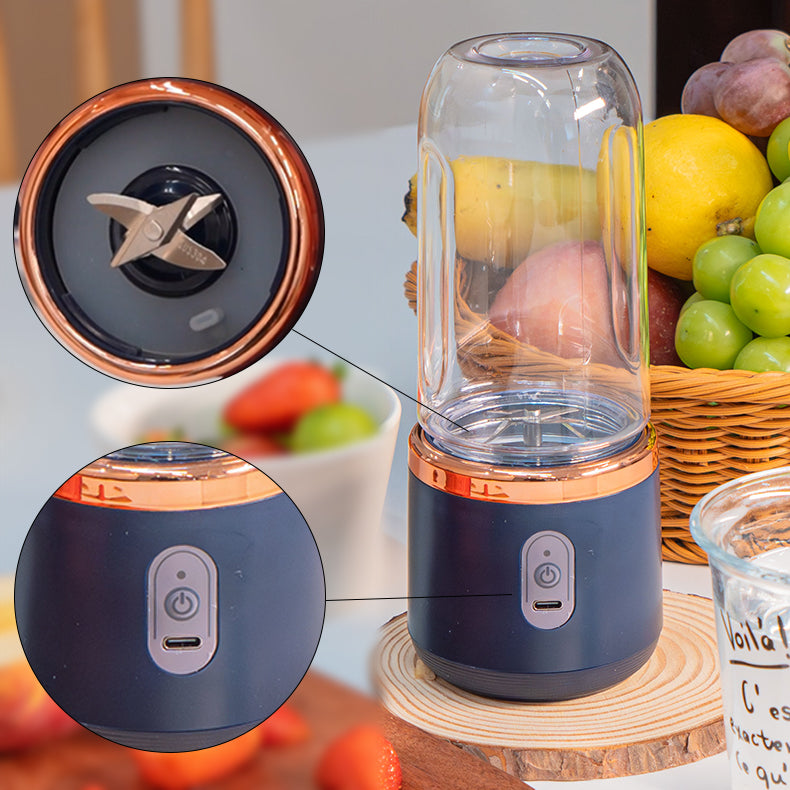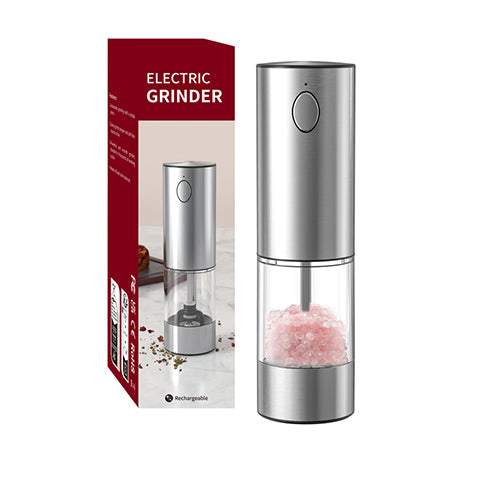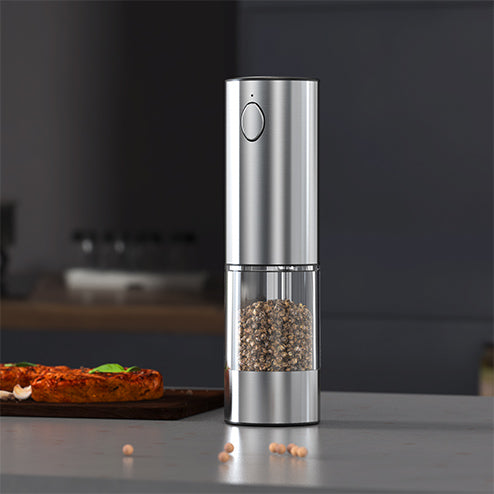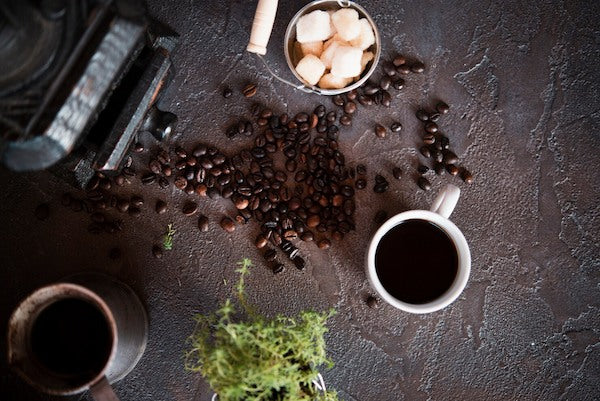Have you ever looked at your milk frother and thought, "Can you use a milk frother as an immersion blender?" Maybe you're wondering if it could handle light blending tasks and save you the expense of buying an immersion blender. You're not alone! Many home cooks and coffee lovers have wondered if this handy tool can double as a blender for soups, smoothies, or sauces. In this post, we'll explore the differences between milk frothers and immersion blenders, compare their functions, and help you decide when each tool works best in the kitchen.

Understanding Milk Frother and Immersion Blender
Before we start comparing, let's get clear on what each of these gadgets is designed to do.
What Is a Milk Frother?
A milk frother is a small, handheld tool that creates a light, airy foam from milk, perfect for coffee drinks like lattes and cappuccinos. It usually has a whisk-like attachment that spins at a low speed to aerate the milk and give it that frothy texture.
What Is an Immersion Blender
An immersion blender, also called a stick blender, is a more robust tool. It's designed to blend, puree, and emulsify ingredients directly in a container, which can be super convenient for things like soups, sauces, and smoothies. Immersion blenders have a sharp, powerful blade at the end, often with variable speeds to handle tougher ingredients.
Difference Between Milk Frothers and Immersion Blenders
Now that we know what each tool is designed for, let's break down their differences to see if a frother could ever stand in for an immersion blender.

- Size: Milk frothers are usually smaller and more lightweight, making them easy to handle and store, ideal for quick, single-purpose frothing. Immersion blenders are generally larger and slightly heavier to accommodate a powerful motor, which is necessary for blending denser ingredients.
- Functionality: A milk frother's primary purpose is to incorporate air into liquids, creating light, frothy textures ideal for coffee drinks like lattes and cappuccinos. By contrast, immersion blenders are designed for heavier-duty tasks, able to handle thick ingredients to make smooth, even textures in soups, sauces, or smoothies.
- Power and Speed: Milk frothers typically have lower power and gentle speed, perfect for frothing milk or light liquids. Immersion blenders, on the other hand, have more power and higher speeds, enabling them to break down tougher ingredients, such as vegetables or even frozen fruits, for a smooth, consistent blend.
- Attachments: Milk frothers are usually straightforward, with a single whisk attachment, making them ideal for frothing milk. Immersion blenders often come with multiple attachments, like blending blades, whisk heads, and sometimes even chopper attachments, providing greater versatility for various kitchen tasks.
- Power Source: Most milk frothers are battery-operated, adding to their portability and convenience for quick frothing tasks. Immersion blenders, however, typically require a plug-in power source, offering sustained power for longer or more intensive blending sessions.
So, is a milk frother the same as an immersion blender? From the comparison above, it’s clear that immersion blenders are built to handle heavy-duty tasks that require actual blending power, while milk frothers are more for light, airy tasks.
Can You Use a Milk Frother as an Immersion Blender?
Let's answer the big question: can a milk frother replace an immersion blender? The answer is sometimes, but only for very light blending tasks. A milk frother could handle things like mixing a protein shake, whisking eggs, or lightly blending a thin batter. But when it comes to more demanding tasks—like pureeing vegetables for soup, making smoothies with frozen fruit, or creating thick sauces—a milk frother simply won't have the strength to do the job. You'll end up with lumpy textures and unevenly blended ingredients.

When to Use a Milk Frother vs. an Immersion Blender?
Choosing the right tool for each task can significantly improve both efficiency and results. Here are the best use cases for milk frothers and immersion blenders.
Milk Frother Uses
1. Frothing Coffee Drinks: A milk frother is ideal for creating foam, whether for lattes, cappuccinos, or mochas. It's specifically designed to make the perfect foam for coffee beverages.
2. Mixing Light Liquids: A milk frother also works well for quickly mixing light powders into liquids, like matcha or cocoa powder. It's efficient for these tasks and doesn't require much power.
3. Whisking Eggs: Quick and easy for a small number of eggs.

If you’re looking for a reliable and powerful frother to use at home, the SCHWUA Electric Milk Frother is a fantastic choice. Designed for the home cook, it effortlessly handles frothing, mixing, and whisking in one compact device. With a durable stainless steel whisk and a robust motor, it creates creamy coffee foam, blends light powders, and even whisks eggs with ease. Sleek and efficient, the SCHWUA frother is an ideal addition to any kitchen.
Immersion Blender Uses
1. Making Soups and Sauces: The high power and blade design of immersion blenders allow them to blend ingredients directly in a pot, creating smooth textures in soups and sauces.
2. Smoothies and Baby Food: Immersion blenders are suited for blending thicker materials, like fruits and vegetables, resulting in a smooth, fine texture for smoothies or baby food.
3. Milkshakes and Thick Drinks: With enough power to handle ice and frozen fruit, immersion blenders are perfect for making milkshakes or thick, blended drinks.
Conclusion
To wrap up, if you're wondering, can you use a milk frother as an immersion blender, the answer largely depends on your specific needs. Milk frothers are ideal for frothing milk, mixing light ingredients, and adding that finishing touch to coffee drinks, while immersion blenders are built to handle more intensive tasks like blending soups, sauces, and smoothies. For a well-rounded kitchen setup, having both tools allows you to tackle a wide range of recipes with ease and precision.

